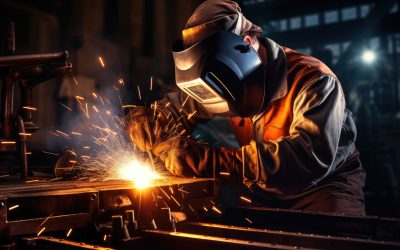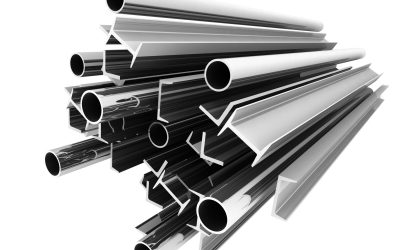Heat exchangers are used in a wide variety of processing and production systems to utilize the temperature difference between one part of the system to heat or cool another part of the system. In other words, by allowing metal plates or other components, such as coils or tubes, to absorb heat and transfer or exchange it between two different solutions to provide an ideal heating and cooling solution.
This works well with liquids that are very free-flowing and that are easy to move throughout the indirect heat exchanger configuration. However, as the liquids become more viscous and move more slowly through the system, fouling occurs on the plates, fins or other surfaces. In turn, this creates a natural insulating layer that dramatically decreases the efficiency and effectiveness of the heat transfer.
To address this issue, scraped surface heat exchangers can be used to replace the more basic types of traditional heat exchangers. Very different in design, these heat exchangers directly address the issue with fouling, slow down of fluid movement towards the outside of the system as well as other factors.
Ideal Uses
With materials that have high viscosity, including colloids (gels and emulsions) as well as slurries and thick and dense materials that may have liquid and solid elements, the scraped surface heat exchangers offer a much more effective option.
With these systems, the heat exchanger includes scrapers that routinely move along the surface, eliminating the chance of fouling. At the same time, these scrapers also direct the cooled or heated material inwards, uniformly allowing for the temperature adjustment and boosting efficiency.
With the use of the scraped surface heat exchangers, more consistent pressure and flow can be maintained in the system. With the uniform heating and cooling of the materials through the system, the pressure can be maintained throughout the pipe, preventing variations in flow rate between the surfaces and the middle.



